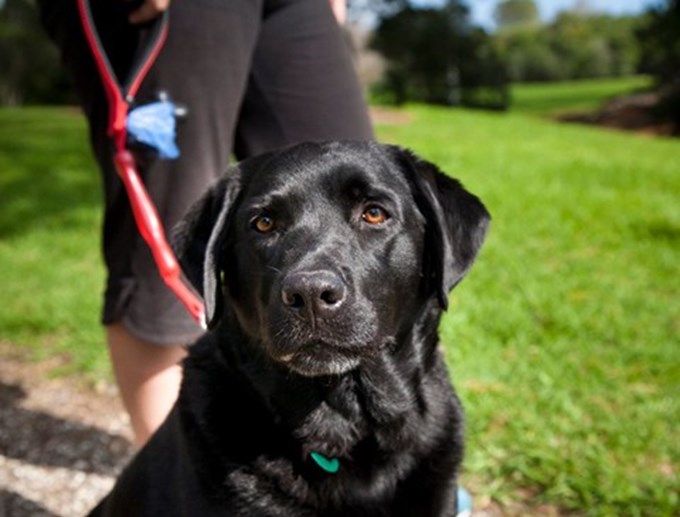Auckland Council’s new Policy on Dogs 2019 and dog management bylaw will come into force from Friday 1 November 2019 across the Auckland region.
The policy and related bylaws set out the rules for the way dogs are managed across the Auckland region.
The council recently reviewed its Policy on Dogs with the aim to better communicate existing rules to the public, see more consistency with rules across the region, and to improve overall dog management in Auckland.
This includes introducing a more consistent approach to time and season rules and being more flexible with access rules to protect our native plants, like Kauri trees. It will also incentivise responsible dog ownership by allowing dogs classified as ‘menacing’, due to bad behaviour, to be rehabilitated.
Changes to the policy were adopted by Auckland Council in July 2019 based on extensive feedback from all Aucklanders.
The new rules will be in force from Friday 1 November 2019. For more information see the council’s Policy on Dogs 2019 here.
What are the new rules?
From Friday 1 November the following key rules will be in force:
Time and season rules
Time and season rules are used in popular places, during busy periods to avoid conflict between dogs and other users.
The definition of time and season has been standardised across the region making it easier for the public to know when and where they can take their dogs.
From Friday 1 November, there is a new summer definition of 10am to 5pm from 1 December to 1 March. This only applies in areas that already have a time and season rule in place. Until 1 December, existing ‘winter’ season rules will apply to the area.
The decision to apply a time and season rule to a park or beach is made by local boards and is only applied to those specific areas.
Local boards will still decide where access is permitted and the type of access (on leash, off leash, prohibited, designated dog exercise area) in the times before 10am, between 10am–5pm, and after 5pm.
This means that some areas, like parks and beaches, may have different access rules. Search the council website for a park to see more information on its dog rules.
Multiple dog ownership
There is now a regionally consistent approach for dog owners to obtain a Multiple Dog Ownership License, standardising the approach so that anyone living in an urban residential area would need a license to own more than two dogs.
This replaces the differing rules that were in place across local board areas.
It also creates an opportunity for the council to work with dog owners to make sure that their property is best suited to transitioning to owning more than two dogs.
Menacing dogs
If a dog has been classified as menacing due to bad behaviour, the owner can ask the council to reassess their classification if the owner can provide evidence of a dog behavioural assessment report, their dog does not have any further infringements in a 12-month period, and the owner obtains a responsible dog ownership licence from Auckland Council.
While not a guarantee, this aims to incentivise responsible dog ownership.
Access rules
There are changes to the dog access rules for the following regional parks for the protection of wildlife:
- Glenfern Sanctuary
- Muriwai Regional Park
- Long Bay Regional Park
- Waitakere Regional Park – Whatipu
- Shakespear Regional Park
- Te Arai Regional Park
There is also a standard lambing season prohibiting dogs from 1 July to 1 December in regional parks that have stock - Hūnua Ranges, Mahurangi, Ōmana, Pakiri, Tāpapakanga, Te Rau Pūriri, Waitawa, and Wenderholm.
There are no changes to local dog access rules (where dogs are allowed under control on leash, off leash or prohibited areas and designated dog exercise areas. Local dog access rules are determined by local boards).
Extension to protect flora
The Policy on Dogs and related bylaw allows for temporary changes to be made to dog access rules for the protection of vulnerable wildlife. This is an important lever to ensure that the council can adapt to Auckland’s changing natural environment and habitats.
This rule is now extended to the protection of flora allowing for flexible changes to access rules to protect against concerns that threaten Auckland’s environment, such as kauri dieback disease.
Making it simpler for dog owners
In addition to the new policy, the council will also be changing the way that other access information is presented so that it is clear and consistent across the region.
The council is reformatting the way that dog access information is presented to list all the areas where owners can take their dog off-leash, where a time and season rule applies, and where dog access rules have changed for the protection of wildlife.
This does not change the status of areas, just the way we present information so that it is easy to understand. Future decisions about the type of access rules that apply at local parks and beaches will continue to be made by local boards.


